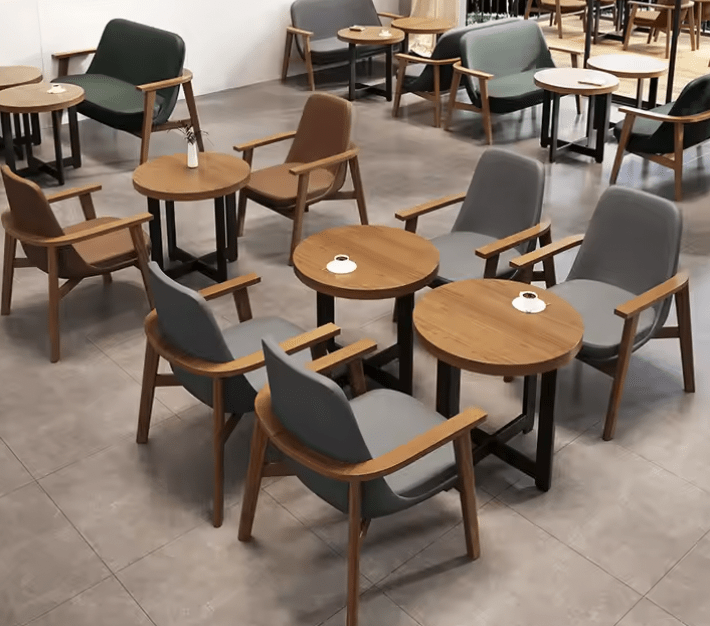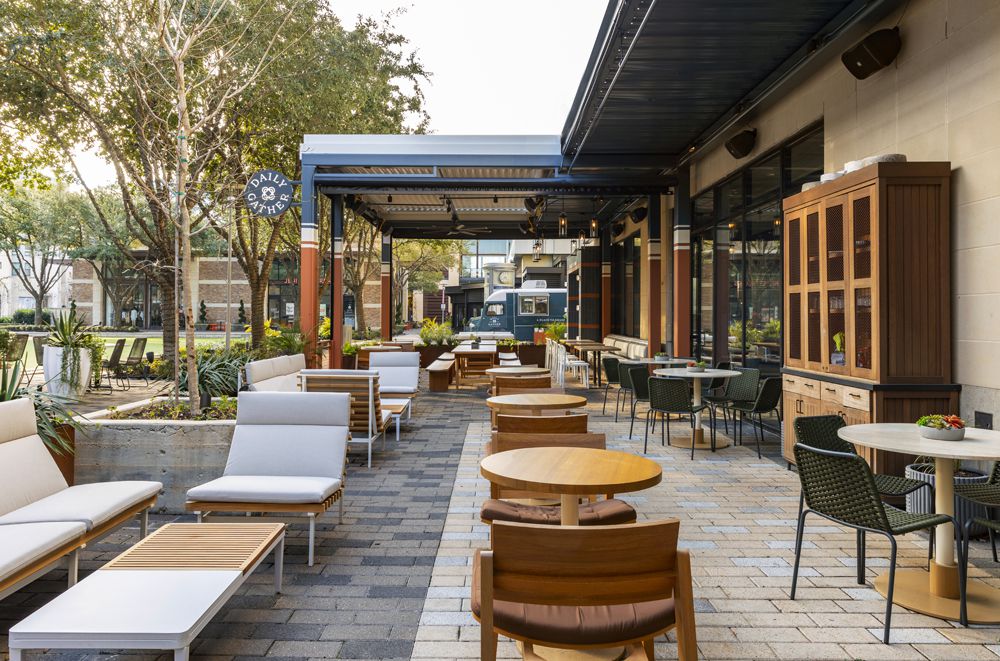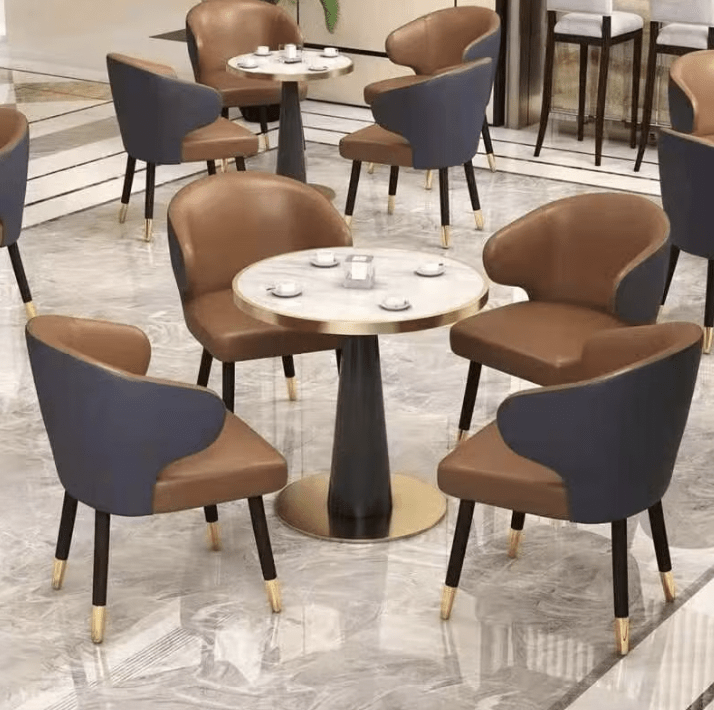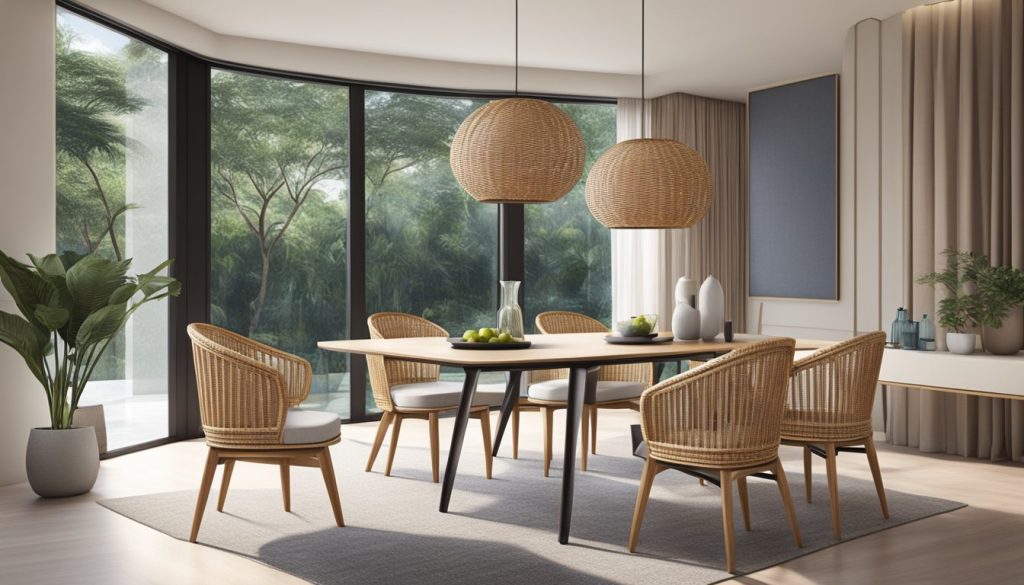Choosing the right restaurant chairs is about more than just aesthetics; it impacts the ambiance, comfort, and overall experience of your diners. Two primary styles dominate the market—modern and classic—and each brings its own unique appeal and functional benefits. In this article, we’ll explore the characteristics, advantages, and ideal settings for both modern and classic restaurant chairs to help you determine which style best suits your venue.
Why the Right Restaurant Chair Style Matters
The style of restaurant chairs you choose sets the tone for the entire dining experience. Chairs can enhance the restaurant’s decor, convey its theme, and add personality to the space. Choosing chairs that reflect your venue’s concept can strengthen your brand, attract your target audience, and create a more cohesive and memorable ambiance. Moreover, factors such as comfort, durability, and maintenance should align with the chair’s style to ensure a balance between form and function.
Characteristics of Modern Restaurant Chairs
Modern restaurant chairs are typically characterized by sleek lines, minimalistic designs, and innovative use of materials. They cater to contemporary aesthetics, blending functionality with a clean, simple look.
Common Features of Modern Restaurant Chairs
- Minimalist Design: Modern chairs often feature clean lines, simple forms, and a lack of intricate details. They’re designed with a “less is more” philosophy that adds elegance without visual clutter.
- Use of Mixed Materials: Modern chairs frequently combine materials such as metal, wood, plastic, and upholstery, resulting in unique designs that are lightweight yet durable.
- Neutral and Bold Color Options: Modern restaurant chairs come in both neutral shades like black, white, and gray, as well as bold hues, allowing for more flexibility in design choices.
- Ergonomic Designs: Many modern chairs prioritize ergonomics, with shapes and angles that provide support for longer seating times. This enhances customer comfort without adding bulk.
- Space-Efficient: The minimalist design of modern chairs makes them ideal for maximizing seating capacity in small dining spaces, as they take up less visual and physical space.

Advantages of Modern Restaurant Chairs
- Adaptable Aesthetics: Modern chairs blend well with a variety of themes, from industrial to minimalist and even rustic-modern. They can be incorporated into almost any setting.
- Lightweight and Stackable: Many modern chairs are designed to be stackable, making them easy to store and rearrange, which is beneficial for flexible seating arrangements.
- Easy to Clean and Maintain: Made from materials like metal, plastic, and treated wood, modern chairs are often easy to clean, requiring minimal maintenance.
- Contemporary Appeal: The sleek and stylish look of modern chairs appeals to younger diners and those who appreciate a contemporary aesthetic.
Ideal Settings for Modern Restaurant Chairs
Modern restaurant chairs are perfect for establishments that focus on a trendy, urban, or casual-chic vibe. Here are a few types of venues where modern chairs work well:
- Cafes and Coffee Shops: The lightweight, stackable design of modern chairs is practical for smaller cafe spaces, and their simplicity complements a relaxed, trendy atmosphere.
- Fast-Casual Restaurants: Modern chairs’ low-maintenance materials and easy-to-clean surfaces make them ideal for high-traffic dining settings.
- Urban and Industrial-Themed Restaurants: Modern chairs with metal and wood combinations fit right into industrial-style spaces, enhancing their contemporary feel.
- Outdoor Patios: Weather-resistant materials like powder-coated metal or polypropylene make modern chairs great for outdoor use, offering durability with style.


Characteristics of Classic Restaurant Chairs
Classic restaurant chairs feature timeless designs that evoke tradition, elegance, and comfort. They often showcase craftsmanship and detail that add charm and warmth to any dining environment.
Common Features of Classic Restaurant Chairs
- Elegant Details and Carvings: Classic chairs often feature detailed woodwork, such as spindle or cross-back designs, which add a level of sophistication and charm.
- High-Quality Materials: Traditional chairs are commonly made from durable materials like solid wood, leather, or upholstered fabrics, providing a premium feel and finish.
- Warm, Natural Colors: Classic restaurant chairs usually come in earthy tones or natural wood finishes, contributing to a warm and inviting atmosphere.
- Generous Cushioning: Many classic chairs offer padded seats or backs, adding comfort, especially for fine dining or venues where guests are seated for longer periods.
- Heavier and Sturdy Design: Classic chairs often have a solid, robust build that contributes to a sense of stability and luxury.


Comparing Comfort and Functionality: Modern vs. Classic Chairs
While both modern and classic chairs can be comfortable, their approach to functionality differs:
- Comfort: Classic chairs often have cushioned seats and backrests, making them exceptionally comfortable for long stays. Modern chairs prioritize ergonomic designs that offer comfort with a sleeker, minimalistic style.
- Maintenance: Modern chairs, especially those made from metal or plastic, are generally easier to clean and maintain. Classic chairs, particularly those with fabric upholstery, may require more care but deliver a premium look and feel.
- Flexibility: Many modern chairs are stackable, making them easy to store and rearrange, which is ideal for venues with high turnover or flexible layouts. Classic chairs tend to be more substantial and are usually not stackable, but they make a strong statement in a fixed setting.
Choosing the Best Style for Your Venue
Selecting between modern and classic restaurant chairs depends largely on your brand identity, target audience, and dining style. Here are some considerations to guide your choice:
- Identify Your Target Audience: If your clientele appreciates trends, sleek designs, and casual dining, modern chairs might be the right fit. For venues with a clientele that values luxury, tradition, and sophistication, classic chairs are a better option.
- Consider the Dining Experience: For quick service or high-turnover venues, modern chairs offer easy maintenance and versatility. For fine dining, where guests are likely to stay longer, classic chairs provide the comfort and style suited to the experience.
- Evaluate Space and Layout Needs: Modern chairs’ space-efficient designs make them ideal for small or flexible layouts. If space is not a concern, classic chairs can enhance the room’s elegance and create an inviting atmosphere.
- Factor in Maintenance: If you want low-maintenance seating, modern materials like metal and plastic are easier to clean and maintain than fabric-upholstered classic chairs. Consider the effort and cost of maintaining the seating over time to ensure it aligns with your business needs.


Choosing between modern and classic restaurant chairs ultimately comes down to the experience you want to offer your guests and the personality of your restaurant. Modern chairs bring a sleek, versatile, and easy-to-maintain solution, ideal for casual, contemporary, or high-traffic spaces. Classic chairs, with their timeless appeal and luxurious comfort, suit traditional, fine dining, and heritage-inspired environments. By selecting chairs that align with your brand, dining style, and audience expectations, you can create a memorable and cohesive dining experience that keeps guests coming back.
WE SAID THIS: Don’t Miss…Dramatic Dining: Regional Restaurants Where Your Meal Is The Show



